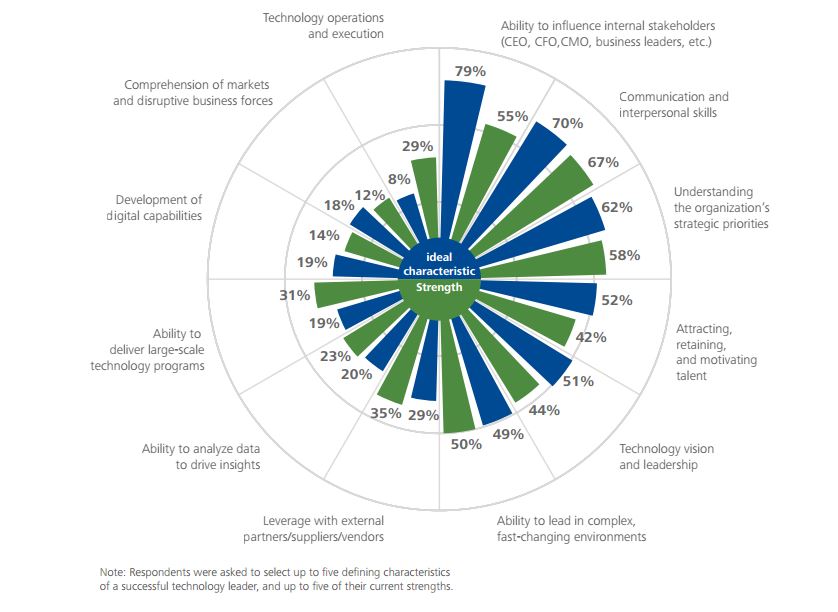IDC recently said that virtually every big organization will soon be a software company, capable of churning out its own code and sustaining its own digital existence. Here to lend credence to that forecast is a hefty report from Deloitte University Press which dots the “i” with a focus on CIOs and their job descriptions as of late
Posts Tagged Under: executive

Photo by Clément H on Unsplash
Chief Information Officer (CIO) is a job title usually given to the senior executive responsible for the information technology and computer systems in a given enterprise. As a high-ranking executive, the CIO reports to the chief executive officer (CEO), chief operating officer (COO) and / or the chief financial officer (CFO).
You can find this role in any business that makes extensive use of technology. Not too long ago, this person was regarded as a geek in-chief – someone with a broad IT skillset who also knows a thing or two about business. Today, it’s the other way around
Photo by rawpixel on Unsplash
C-level is a term that business types like to toss around a lot. It describes high-ranking executive titles – the black suites – within an organization. C-level/C-suite positions are typically considered the most influential, and they are associated with high-stake decisions, high salaries, and very demanding work.
When a big company loses an executive, the hunt is on for someone to fill that chair. Executives aren’t irreplaceable, but they don’t grow on trees either. Which means that the job offer will be attractive as hell. In some cases, it’s so attractive that you might miss some important details. Details that actually matter more than a fat paycheck.

